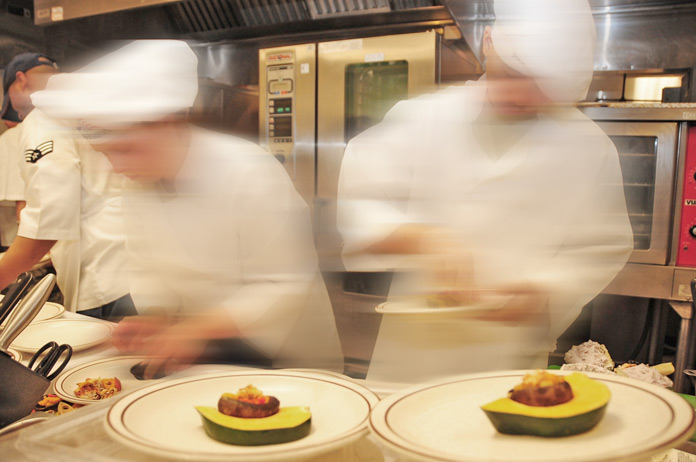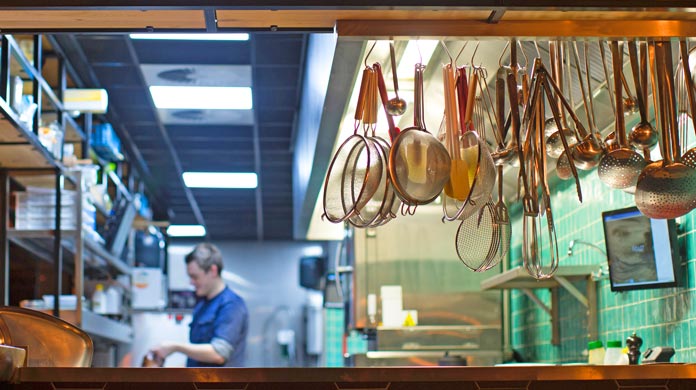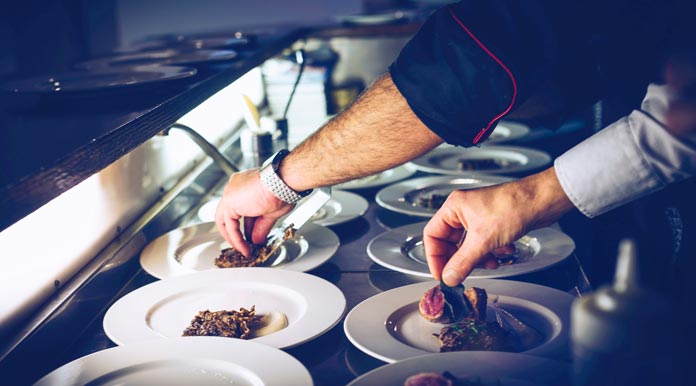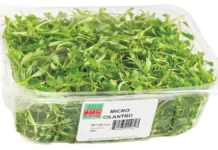
This article was originally published in Forbes.com
Restaurant food delivery is a big business that’s expected to grow to $76 billion by 2022. This represents a major source of potential revenue for businesses in a very competitive sector. But is the restaurant industry being haunted by ghost kitchens that seek a large chunk of this market share?
Yes, ghost kitchens are real, and no, there’s nothing paranormal about them. Similar to commissary space that brick and mortar restaurants can rent to cook their delivery food, ghost kitchens offer restaurants several benefits including the ability to open delivery-only locations in neighborhoods outside their delivery-zone and free up space at their primary locations, which usually aren’t designed for delivery production. These ghost kitchens provide space that’s customized to optimize a restaurant’s delivery business, and helps restaurants generate new business and brand awareness.
But some ghost kitchens have no brick and mortar locations associated with them. These virtual kitchens can be standalone businesses, or locations to test cuisine, gain followings and generate excitement before turning concepts into brick and mortar restaurants.
As this sector grows, ghost kitchens could create opportunity for the restaurant industry. But left unchecked, this Dr. Jekyll is likely to become Mr. Hyde. How?
 A Thought Experiment
A Thought Experiment
Uber founder Travis Kalanick’s venture, CloudKitchens, a player in the ghost kitchen sector, has already partnered with UberEats, Grubhub and other third-party delivery companies. Imagine that CloudKitchens merges with UberEats. Or that Grubhub acquires a competitor like Kitchen United and vertically integrates the businesses. These companies would control:
- The platform from which consumers search and process food orders
- The kitchens where the food is cooked
- The people (or, the robots) who deliver it to consumers
- A growing list of labor services that may eventually include cooks who can be automated (which restaurants like Spyce have shown is possible).
To streamline purchasing for their restaurant tenants, the owners of ghost kitchen facilities can acquire or start their own food purchasing groups. Using data collected through their ghost and virtual restaurant tenants they can analyze food costs and usage, reduce waste and negotiate lower rates for food purchases.
When the owners of ghost kitchens have built out this infrastructure, they’ll be enticed to experiment with operating their own virtual restaurants, which means they will become direct competitors to their brick and mortar and virtual tenants (think about how AmazonBasics competes with merchants on their marketplace that sell similar products). The owners could use the vast trove of data about the most popular and profitable cuisines in their ghost kitchens, and other data points not available to their tenants, to optimize sales and operate data-driven virtual restaurants. They can then charge tenants higher fees for their restaurants’ menu items to be listed before their own in search results and paid advertisements. Celebrity chefs and well-known restaurants may benefit when they’re tapped to create and inspire menus for the virtual restaurants owned by the kitchen centers.
The owners of ghost kitchen facilities could also attract new delivery customers and reward existing ones by pressuring restaurant tenants to participate in promotions, which The New York Times reported is similarly happening in India where restaurants are rebelling against, and boycotting food delivery apps as a result.
 Preparing for the Future
Preparing for the Future
Restaurateurs should prepare for operating in ghost kitchens as well as for the competition other ghost kitchen brands and virtual restaurants will pose. If the trend sticks, rental kitchen spaces will be ripe for chefs, restaurateurs, entrepreneurs and food enthusiasts to open new businesses and expand their existing delivery radius. Companies may rent multiple kitchens and open their own virtual food halls. This will flood the market with new delivery options that will compete for customers with existing brick and mortar restaurants, many of whom are already struggling in today’s challenging businesses environment.
Imagine a not too distant future when restaurants throughout your city conduct their food delivery operations out of ghost kitchens. Brick and mortar restaurants will rely on the ghost kitchens as a conduit to their own customers, as a production facility, and as a large revenue stream that financially supports their physical locations. This dynamic will give incredible leverage to the owners of ghost kitchens over their restaurant tenants, enabling them to increase rents, jack up fees, and enact other business practices that come at their expense.
While I am very wary of over-regulation, lawmakers must consider smart policies like requiring that restaurants are provided access to and own all customer data and operational analytics generated by their businesses operating as ghost and virtual kitchens. The law must allow restaurants the option of clearly disclosing certain third-party fees to consumers, such as delivery charges. This will allow consumers to decide if the third-party service is worth the price. Then, market forces will help keep third-party fees reasonable, so they’re not artificially inflated behind the scenes on the backs of small business owners who individually lack negotiating power to lower fees. Anti-competitive behavior must also be closely monitored because of the potential for a few companies to dominate the ghost and virtual kitchen market at the expense of brick and mortar restaurants.
Some of the possibilities I’ve warned of have already begun to happen, as Food & Wine recently explained (The Biggest Names in Food Delivery Are Getting into the Restaurants Business). If we look at the history of players involved in the delivery sector, like Grubhub and UberEats, both have a history of exploiting restaurants, so I’m not convinced that they will try and help restaurants with ghost kitchens. It seems more likely that the entry of certain companies into this market, will in part be intended to excite their investors into believing that ghost kitchens are the ‘next big thing’ and can be profitable, which will distract from the struggles their other business models face. But, anyone with knowledge of the restaurant industry knows that this is not the business to go into to make a fortune. There’s only so much money for all these entities to profit from without one or all losing money.
Ghost kitchens are inevitable, and any leverage restaurants have will only decline from this point forward. That’s why now is the time to act. Restaurateurs must demand fair terms and conditions in their contracts, carefully consider the pros and cons of handing over key operational duties to third-party companies and contemplate what it will mean for their own businesses and our industry long-term. And lawmakers, who have regulated brick and mortar restaurants over the course of decades must enact smart polices to ensure the playing field is level.























